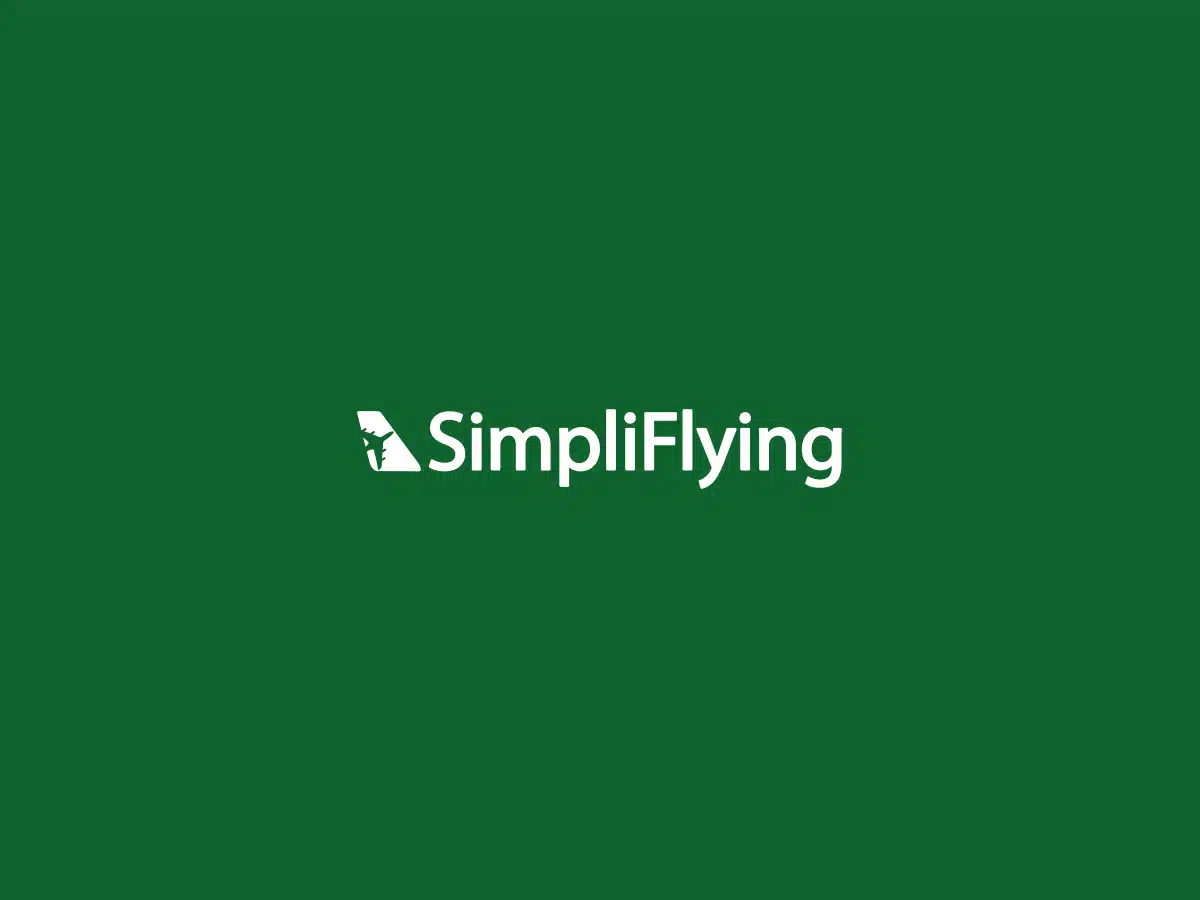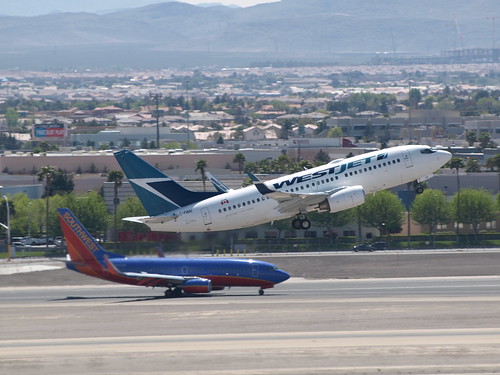US based Southwest Airlines and Canada’s WestJet Airlines paved the way for a strong relationship by announcing codeshares starting 2009. Not only will the relationship give customers access to a much larger number of destinations across North America and the Carribean, but the customers of both the airlines would appreciate the seamless brand experience across borders.
Image Credit: gtarded
Both Southwest and WestJet are the leading budget carriers in their respective markets and the alliance has the potential to enhance the brand value of both the airlines due to some key factors. Here are some of these factors.
- Greater choice – Just like global alliances of full-service airlines allow passengers access to routes not flown by a specific airline, but a partner carrier, this partnership will give customers of budget airlines in North America the same conveniences for the first time. Furthermore, like Tiger Airways in Asia and Air Berlin in Europe, this alliance will allow passengers to take multi-leg budget flights too.
- One size fits all – Both Southwest and WestJet fly only Boeing 737s, which will ensure a consistent experience for passengers in either airline. Moreover, sometime in the future, as both these airlines operate from each others’ hubs, maintainability would be much easier too.
- No frills, no fees -Â WestJet is often known as the Southwest of Canada, duplicating its simple and consistent in-flight service practices. Both airlines offer no frills and have hardly any additional fees – and all this is transparent to the customer. Again, this leverages on the strenghts of both the brands and delivers a consistent customer experience.
- Happy employees – Both airlines place strong emphasis on “servant leadership,” ensuring that employees remain happy. And as we’ve mentioned on this blog before, happy crew = happy passengers = great brand!
- Aggressive fuel hedging – Both Southwest and WestJet have emplyed fuelf hedging as a key stragtegies to keep costs low and consistent in time of fluctuating oil prices. This will ensure that passengers travelling on both the airlines will not have to pay a higher fuel surcharge on one leg of their trip.
Brand Xtensibility – the ability for airlines to deliver a consistent customer experience across touch-points and over time – is key in building brand loyalty, and both Southwest and WestJet stand to gain substantially from this partnership. In fact, more budget airlines should get into this forray soon, if this experiement succeeds. Who would mind flying from Bangkok, Thailand to Darwin, Australia via Sinagapore on AirAsia and Tiger Airways?


